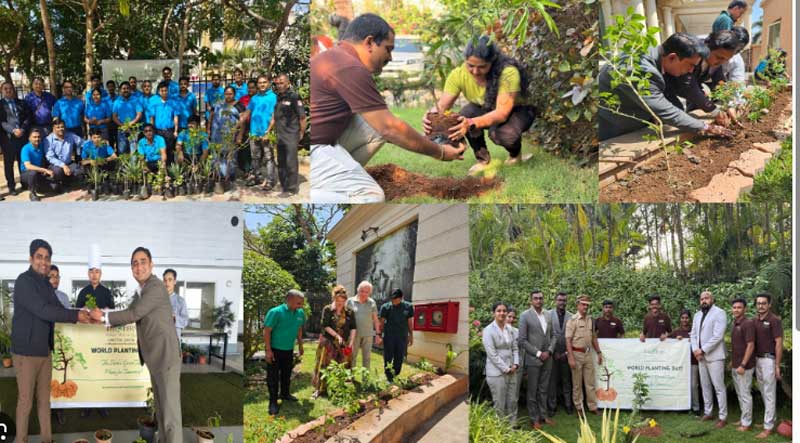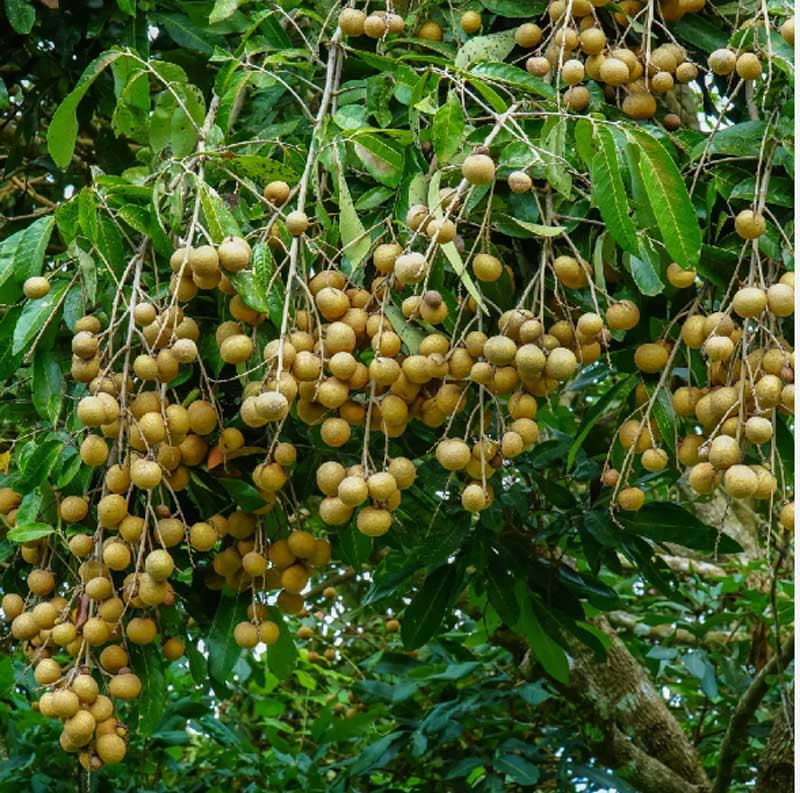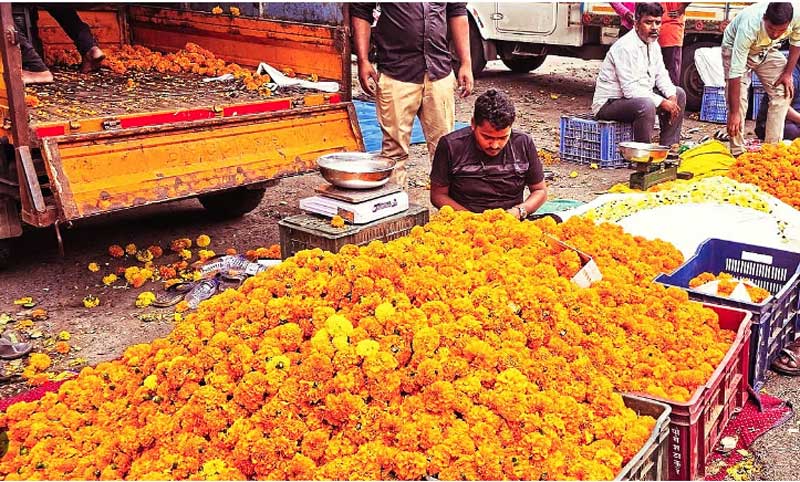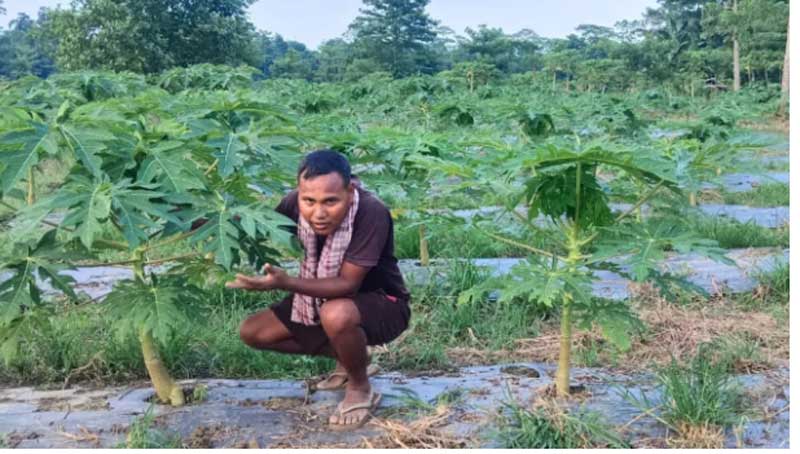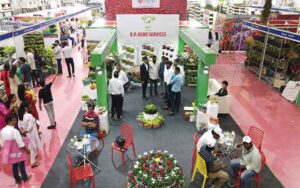Horticulture Suffers From Inadequate Mechanization
The absence of proper mechanisation in the crop care stage, which mostly entails weeding and spraying, is one of the largest barriers to the expansion of horticulture in India, despite the fact that horticulture output contributes around 30% to the agriculture GDP. In the lack of a mechanisation option, manual labour and animal labour are now heavily utilised in this industry.
Horticultural mechanisation may be the biggest benefit for farmers since it increases productivity and quality while reducing labour costs associated with weeding.
Horticulture specialists claim that there is a huge opportunity to increase the productivity of horticulture products in India, which is essential to meet the nation’s anticipated 650 MT fruit and vegetable demand by the year 2050.
In terms of mechanisation in the horticulture industry, only few businesses are active in this area and are mostly focusing on manual equipment.
There are a handful of manufacturers of machines that require the operator to walk behind them.
The states like Gujarat, Karnataka, Andhra Pradesh, and Telangana, where the business of M & M Ltd began originally and adopted in various horticultural crops like areca nut, coconut, mango, pomegranate, dragon fruit, and flowers, have seen strong demand for its machinery.

